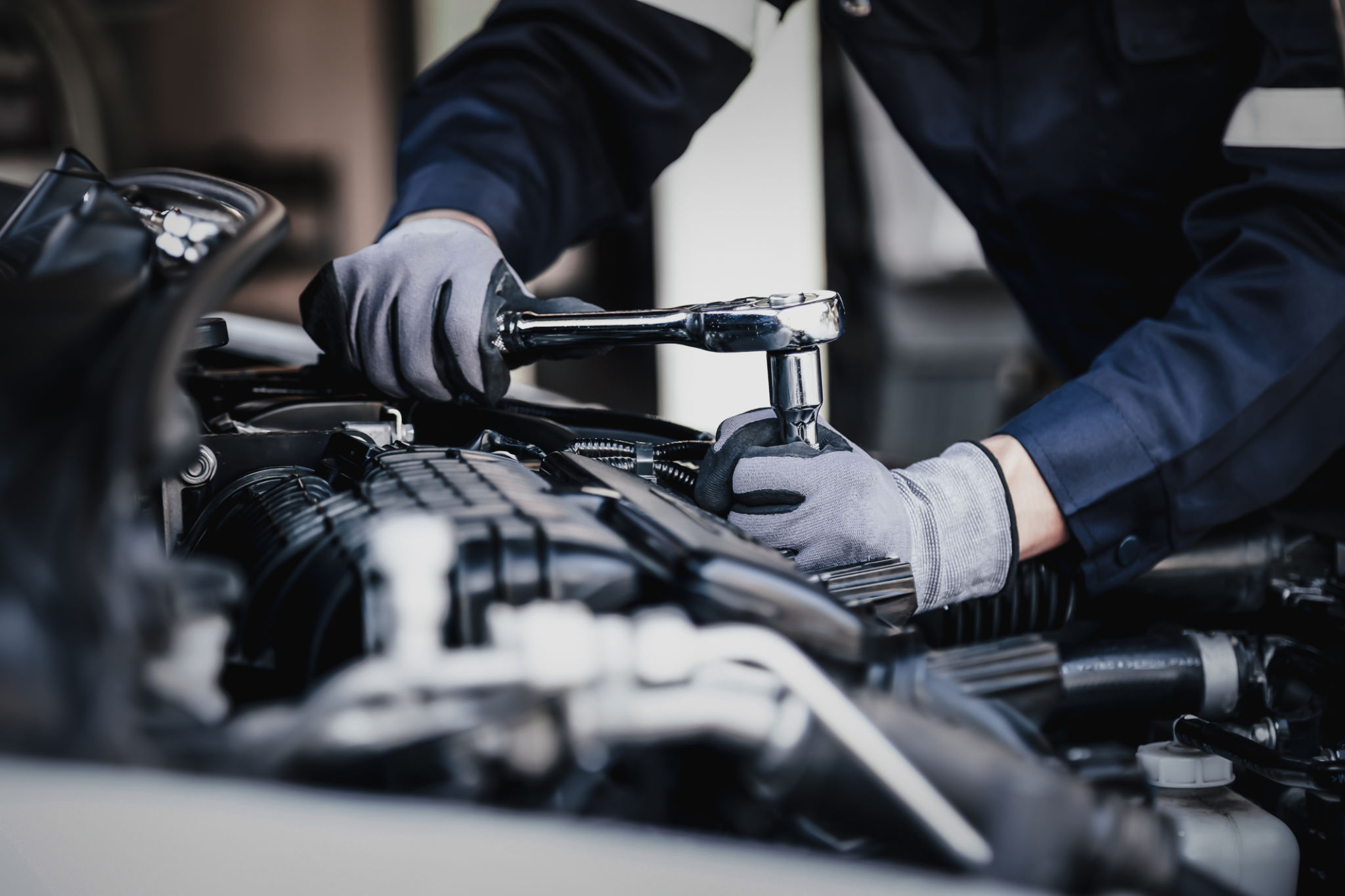Comparing OEM vs. Aftermarket Auto Parts: What’s Best for You?
Understanding OEM and Aftermarket Auto Parts
When it comes to replacing parts on your vehicle, you’re often faced with a choice between OEM (Original Equipment Manufacturer) parts and aftermarket parts. Each option has its advantages and drawbacks, and understanding these can help you make the best decision for your vehicle and budget.
OEM parts are made by the manufacturer of your vehicle. These parts are identical to the ones used in the original assembly of your car. On the other hand, aftermarket parts are produced by companies other than the original manufacturer. These parts are often designed to fit multiple makes and models.

Advantages of OEM Parts
Choosing OEM parts offers several benefits. First and foremost, they guarantee a perfect fit since they are made by the same manufacturer that built your vehicle. This can lead to smoother installations and fewer compatibility issues.
OEM parts also come with a warranty, which can offer peace of mind by ensuring that any defects or issues will be addressed by the manufacturer. Additionally, OEM parts maintain the original performance and efficiency of your vehicle, which can be crucial for maintaining its resale value.

Drawbacks of OEM Parts
While OEM parts provide reliability, they tend to be more expensive than aftermarket options because of their brand name and guaranteed fit. Additionally, they might not be readily available for older or less common models, potentially leading to longer wait times for repairs.
Advantages of Aftermarket Parts
Aftermarket parts are often significantly less expensive than OEM parts, which can be a major consideration for budget-conscious consumers. They also offer a wider variety of options, allowing you to choose from different price points and quality levels to suit your specific needs.

Another benefit of aftermarket parts is innovation. Manufacturers often improve upon the original design, offering enhanced performance and durability. This can be particularly appealing if you're looking to upgrade your vehicle in certain areas.
Drawbacks of Aftermarket Parts
The biggest drawback of aftermarket parts is the variability in quality. Because there are so many manufacturers, the quality can range from excellent to subpar. It’s essential to research brands and read reviews before purchasing.
Compatibility can also be an issue with aftermarket parts. While designed to fit as many models as possible, they may not always fit perfectly or function as effectively as OEM parts, potentially leading to additional adjustments or repairs.
Making Your Decision
Your choice between OEM and aftermarket parts depends on various factors, including your budget, the importance of maintaining original performance, and whether you prioritize innovation over brand assurance.
If cost is your primary concern, and you're comfortable researching brands for quality assurance, aftermarket parts might be the best route. However, if you prefer peace of mind with guaranteed fit and performance, and budget is less of a concern, OEM parts could be more suitable.

Ultimately, consider consulting with a trusted mechanic or automotive expert. They can provide invaluable insights into which option best aligns with your vehicle’s needs and your personal preferences.